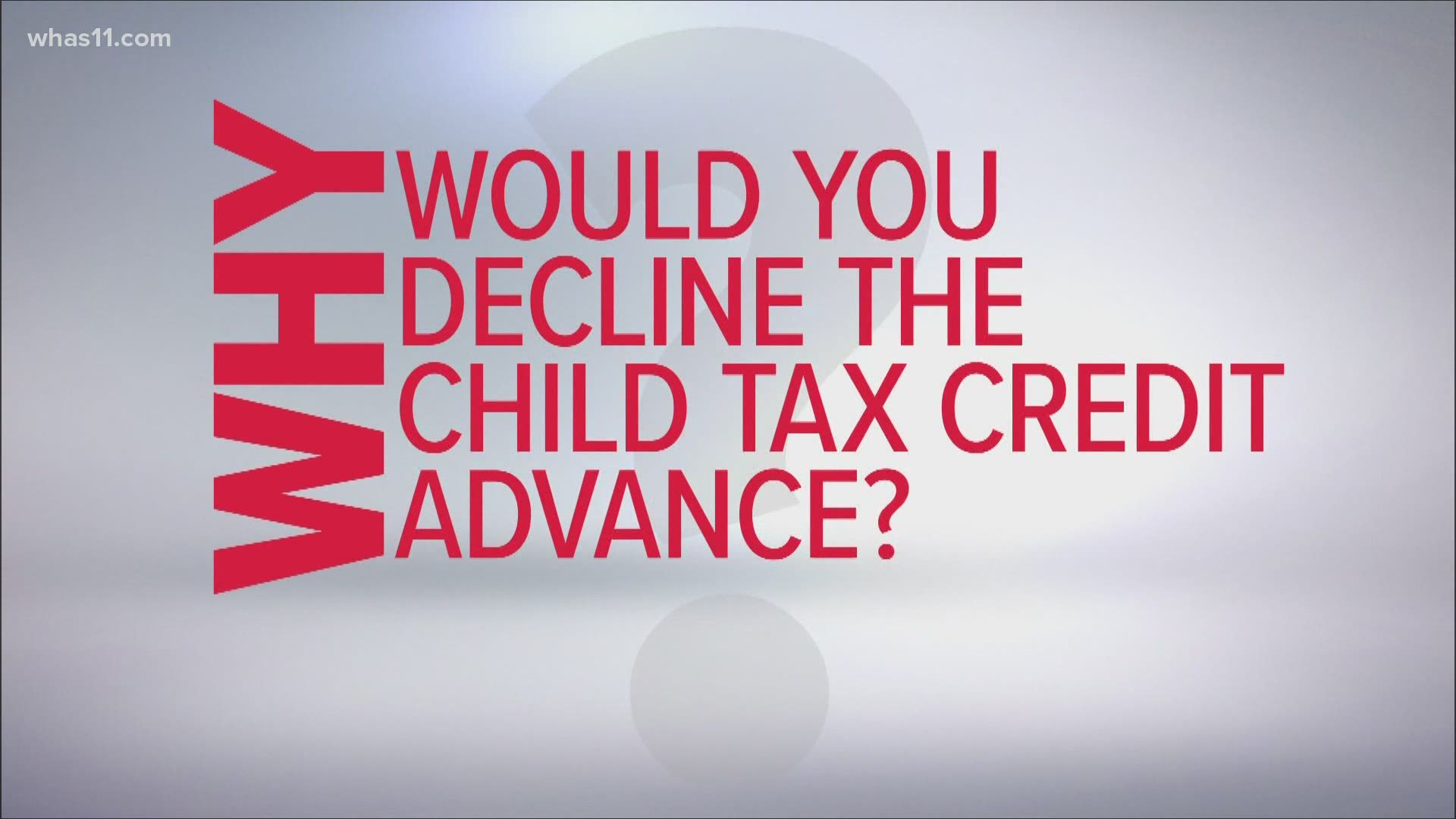The Internal Revenue Service announced Tuesday that the agency has now launched two new additional online tools aimed at helping families manage Child Tax Credit payments, and monitor the advanced monthly payments that will be sent out as part of the American Rescue Plan under the Biden administration.
One of the new online tools, the Child Tax Credit Eligibility Assistant, will give families the ability to check if they qualify for the advanced credit by answering a series of questions, at IRS.gov.
The second of the new additional tools, the Child Tax Credit Update Portal, allows families to see their eligibility status for the payments, but it will also allow the user to unenroll or opt out of receiving the payments. If eligible families choose to unenroll or opt out, they would receive a lump sum when they file next year's tax return, the IRS said.
The Child Tax Credit Update Portal is password protected and available to anyone with internet access and a computer or smart phone. Updates to the tool are expected this summer and fall, which will allow people to view payment history, update bank details and other information like mailing addresses. A Spanish version of the tool is also being planned.
Families who may be eligible for the monthly Advance Child Tax Credit payments, which are set to begin going out in July, but who do not normally need to file a tax return, have another online tool to help get them set up.
The Internal Revenue Service said earlier in June, the Non-filer Sign-up tool is an update to the one used last year by people who needed to get signed up to receive the COVID-19 stimulus payments.
The monthly Child Tax Credit payments, which begin July 15 for those who do not opt-out, will be $300 for each child under age 6 (or $3,600 for the year) and $250 for each child 6-17 (or $3,000 for the year). Married taxpayers who made less than $150,000 in 2020, and who filed jointly, will receive the full amount, as will qualifying widows and widowers. The full amount will also go to heads of household who made up to $112,500, and individuals who made up to $75,000. The amount will be phased out after that.
While the IRS said most eligible families won’t need to do anything to get this monthly payment because they have a 2019 or 2020 tax return filed, others – mainly those with lower incomes, those who are homeless or other underserved groups – may need to take the extra step of using the Non-filer tool because they are not required to file a return.
The tool is only available on IRS.gov. Using that, or filing a tax return, are the only ways to get the Advance Child Tax Credit, the agency said.
“Any other option is a scam,” the IRS said in a statement. “Watch out for scams using email, phone calls or texts related to the payments. Be careful and cautious: The IRS never sends unsolicited electronic communications asking anyone to open attachments or visit a non-governmental web site.”
In the 2020 tax year, eligible Americans received up to $2,000 per child in a tax credit. This year, as part of the American Rescue Plan signed in March, that has been increased to $3,000 or $3,600, depending on the child’s age and the parents' income. Half that money can come in the form of the monthly advance payment from July – December. The rest will come after taxes are filed next year. The IRS plans to launch a tool by July 1 to allow families to opt-out of the monthly payment and take all the money at tax time next year.
President Joe Biden has proposed extending the monthly payments plan beyond this year to 2025. Other Democrats in Congress have called for making the monthly payments permanent.

